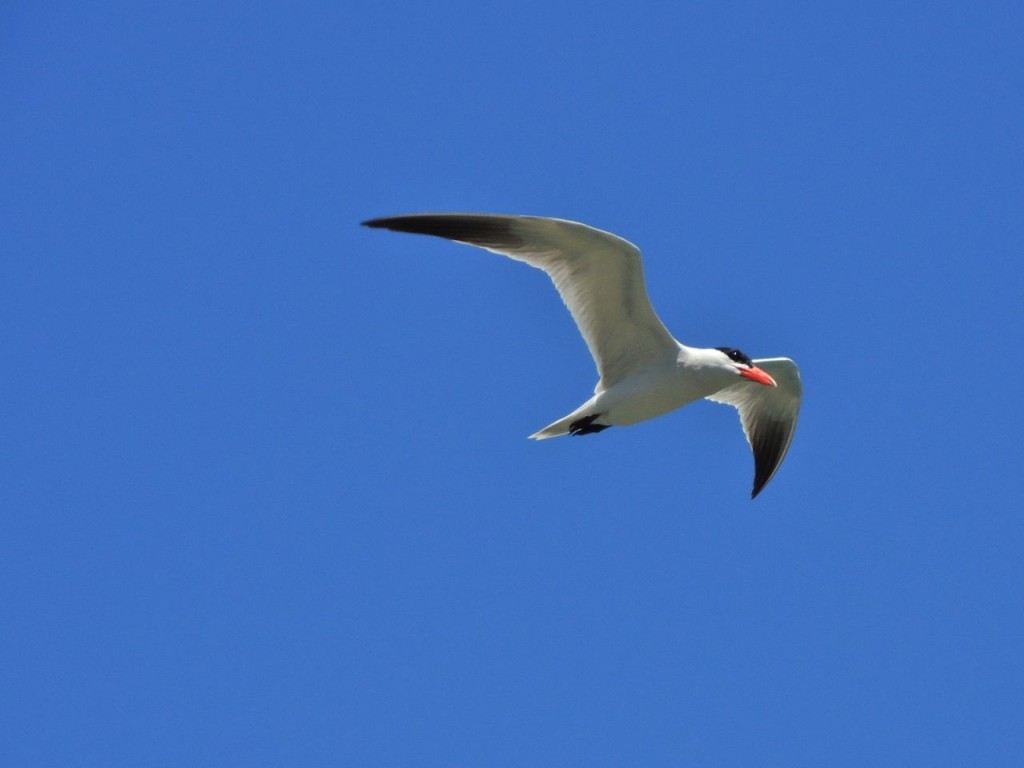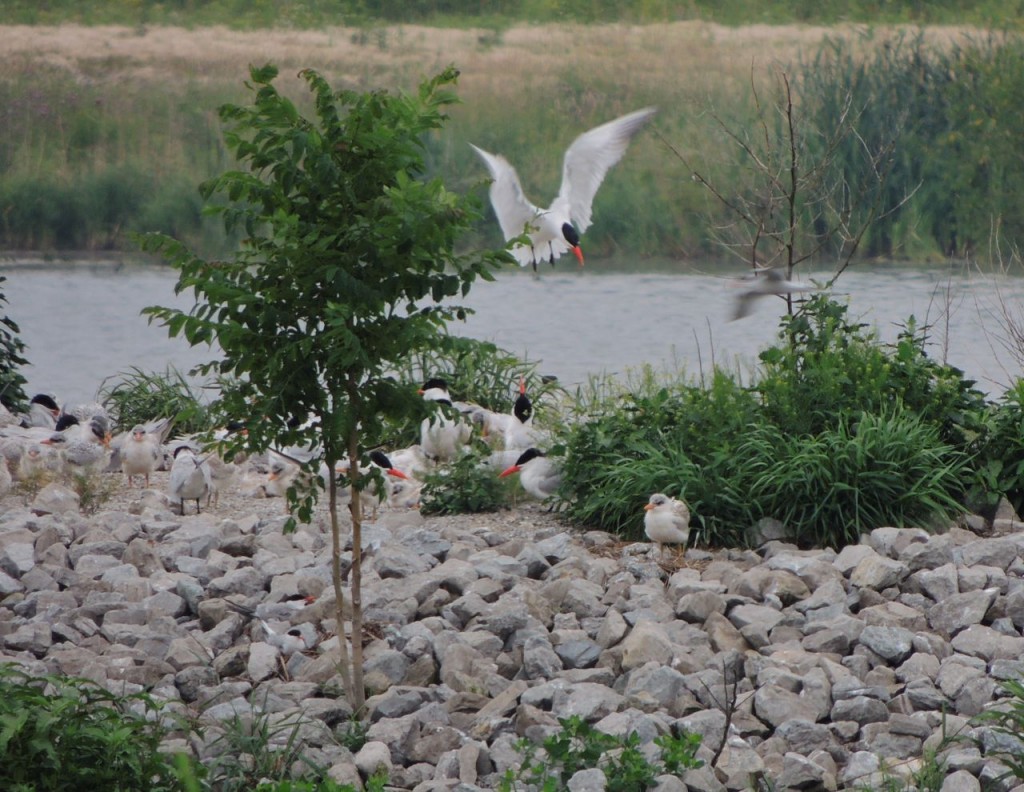30 June 2015. Windermere Basin, Hamilton ON. The exact locations of where I go birding is, I think, generally irrelevant to my accounts; unless of course I’m somewhere a little different and the place is as much a part of the story. But regular readers will know that most of my birding is in southern Ontario, Canada. In order to frame the following, I’ll share with those that haven’t yet figured it out, that I live very close to Hamilton, Ontario. Hamilton is a city founded on heavy industry and one of its outstanding natural physical attributes is a very large, deep-water harbour. It would all be very nice if it wasn’t for the fact that Hamilton Harbour is one of the most polluted places on the Great Lakes; careless urbanization and heavy industry are to blame; mostly the latter.
Times change and both the U.S and Canadian governments are making herculean efforts to repair the ecological damage, and that’s where today’s bird of the day story really starts.
On my way home from a minor errand, I stopped at a fairly new, man-made lake that adjoins a tributary of Hamilton Harbour. It’s a impoundment of perhaps ten acres, generally rectangular and features a couple of rocky islands, some shoals, shallows and muddy backwaters. Not so long ago this was the nastiest of backwaters full of industrial debris and barely treated sewage. The impoundment presumably serves some water quality amelioration purposes and it has been designed to be green and to attract wildlife. It hasn’t taken very long, today this is a good place to see shorebirds and waterfowl. In the two or three years of their existence the islands have attracted a large breeding colony of Caspian and Common Terns and around the lower areas, quite a few ducks; mostly Mallards.
My stop was short; I was just ahead of an approaching wall of light rain. But in those five or ten minutes, I saw several species, which would be worth pointing out at any time: a Snowy Egret (a rarity here and something of a celebrity with local birders) a nicely marked male Blue-winged Teal, two Gadwall, many Tree Swallows and Northern Rough-winged Swallows, and of course the Common and Caspian Terns.

Caspian Terns demand your attention; they are always dominant, frequently noisy, but undisputedly handsome. The Russian name for them is Chekrava, almost onomatopoeic, the word and the bird mirror each other’s purposeful crispness.
Some might say the Snowy Egret was Bird of the Day – but I’d seen enough of them a month ago on Cape May to last me for a while, and the Blue-winged Teal was a candidate, but I have a soft spot for terns, Caspian Terns in particular, and I think it was this youngster waiting for food that won the day.

Afterwards as I drove home I saw one of our local Peregrine Falcons circling over the highway. It was then that I was reminded that despite all of the ill that mankind does to the natural world, when we just pause and try to make amends with a bit of rehabilitation and restoration, wildlife quickly moves to reclaim a niche where it can. It may just be a bunch of ducks and gulls and the odd falcon, but still an’all.
Nice!